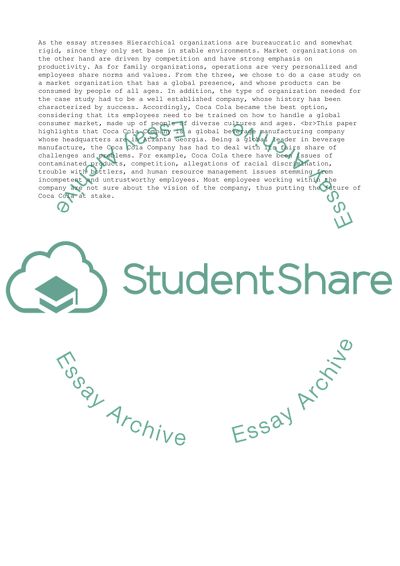Cite this document
(“Enhancement of Learning and Development Strategies Essay”, n.d.)
Enhancement of Learning and Development Strategies Essay. Retrieved from https://studentshare.org/business/1612120-learning-and-development
Enhancement of Learning and Development Strategies Essay. Retrieved from https://studentshare.org/business/1612120-learning-and-development
(Enhancement of Learning and Development Strategies Essay)
Enhancement of Learning and Development Strategies Essay. https://studentshare.org/business/1612120-learning-and-development.
Enhancement of Learning and Development Strategies Essay. https://studentshare.org/business/1612120-learning-and-development.
“Enhancement of Learning and Development Strategies Essay”, n.d. https://studentshare.org/business/1612120-learning-and-development.


